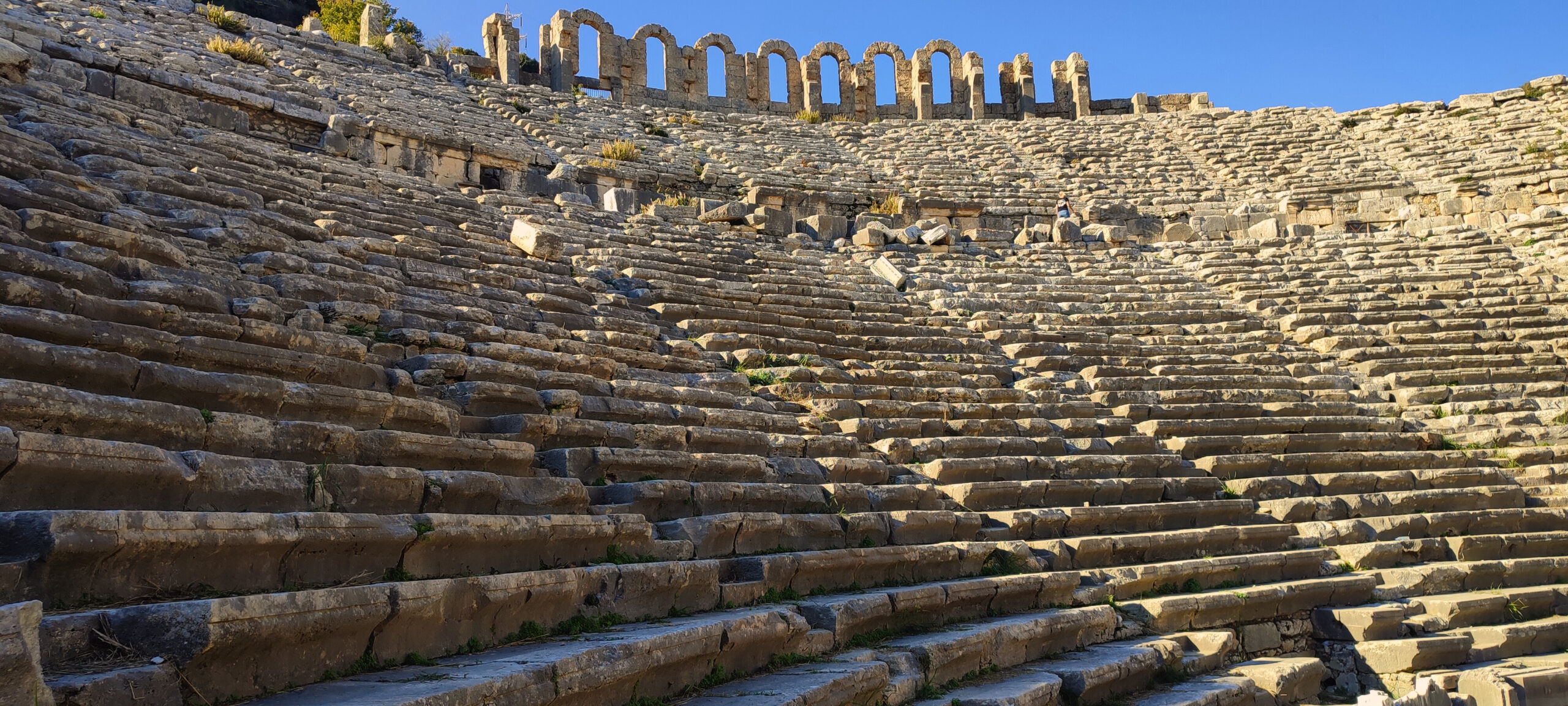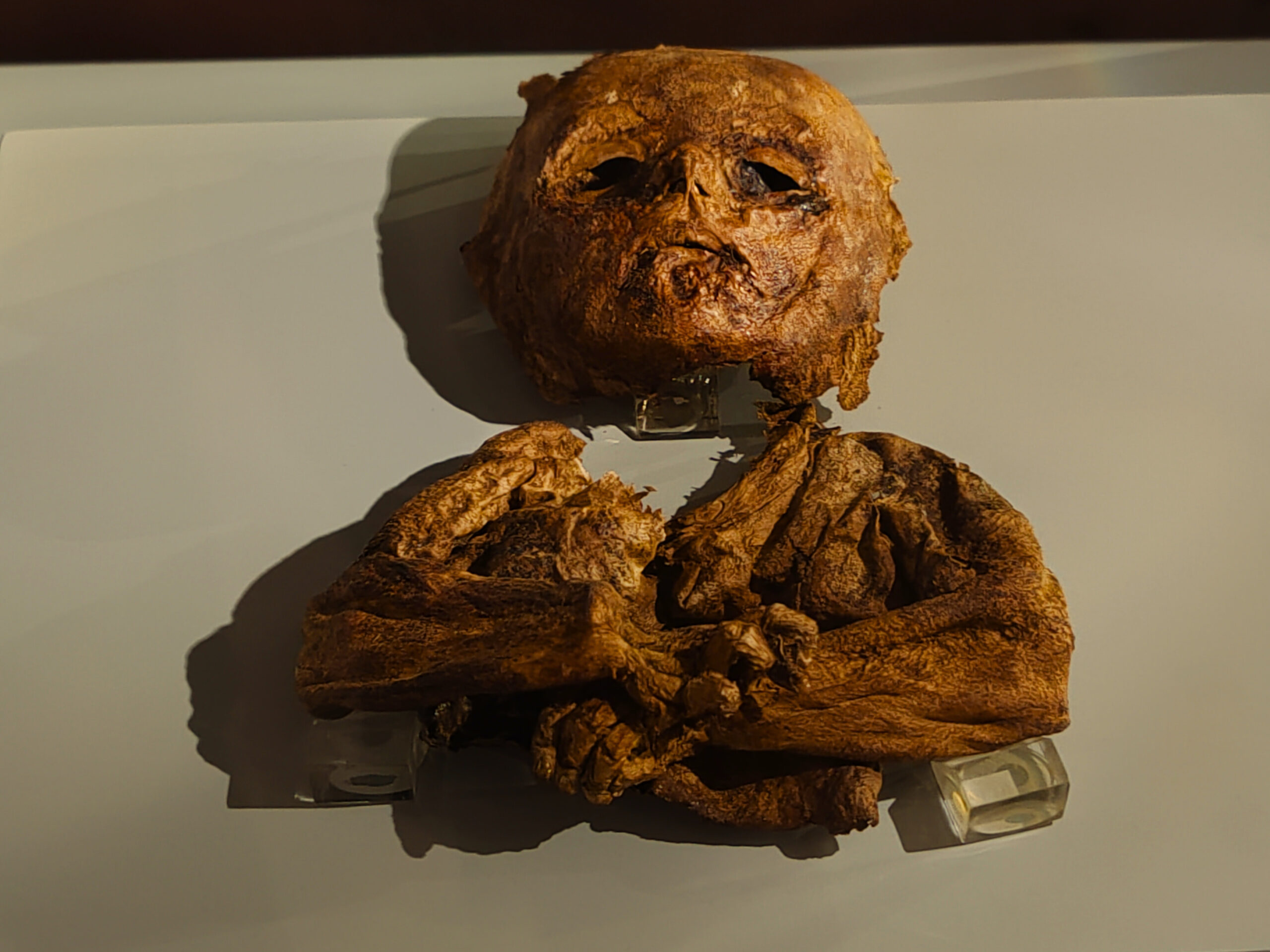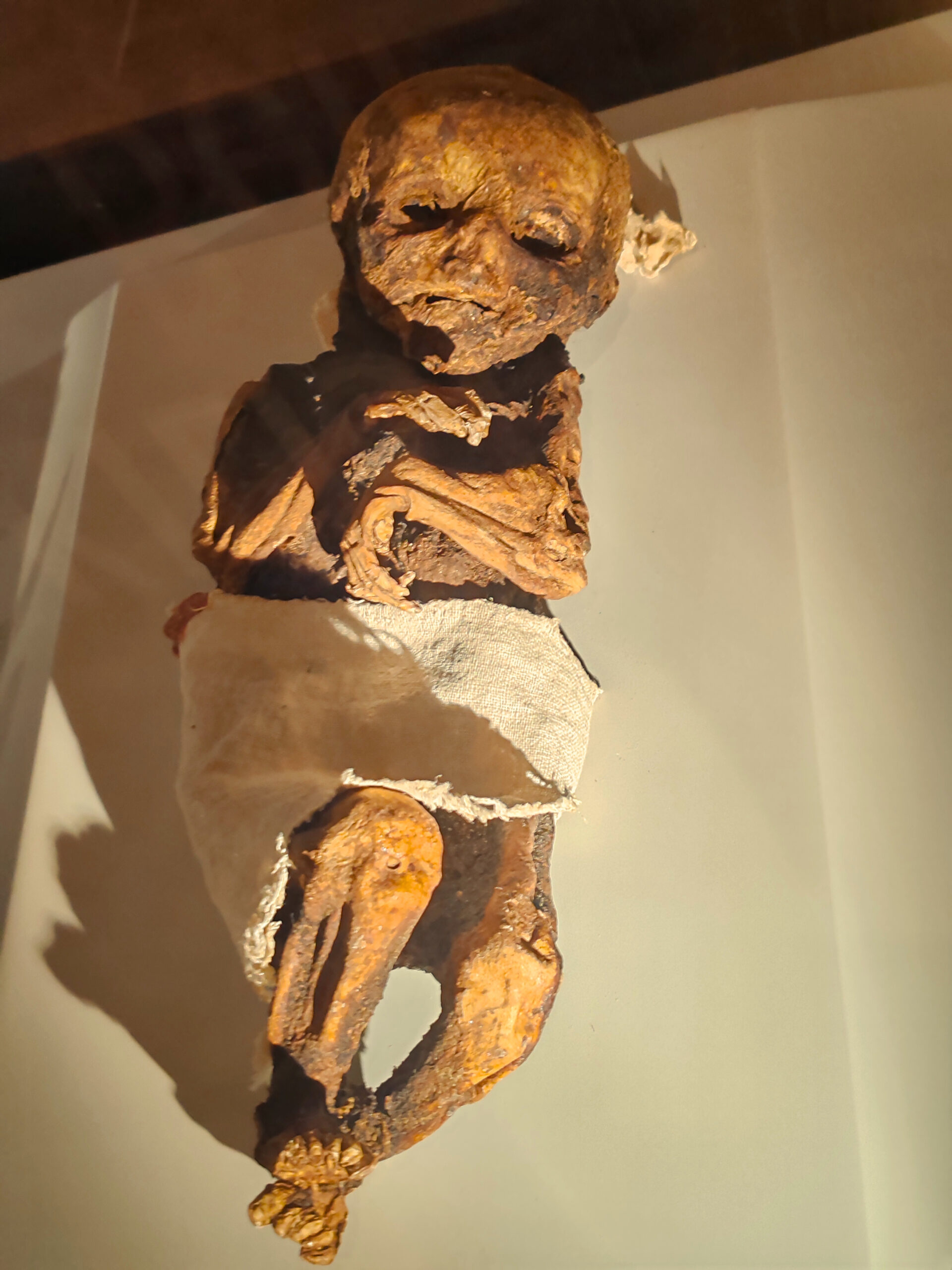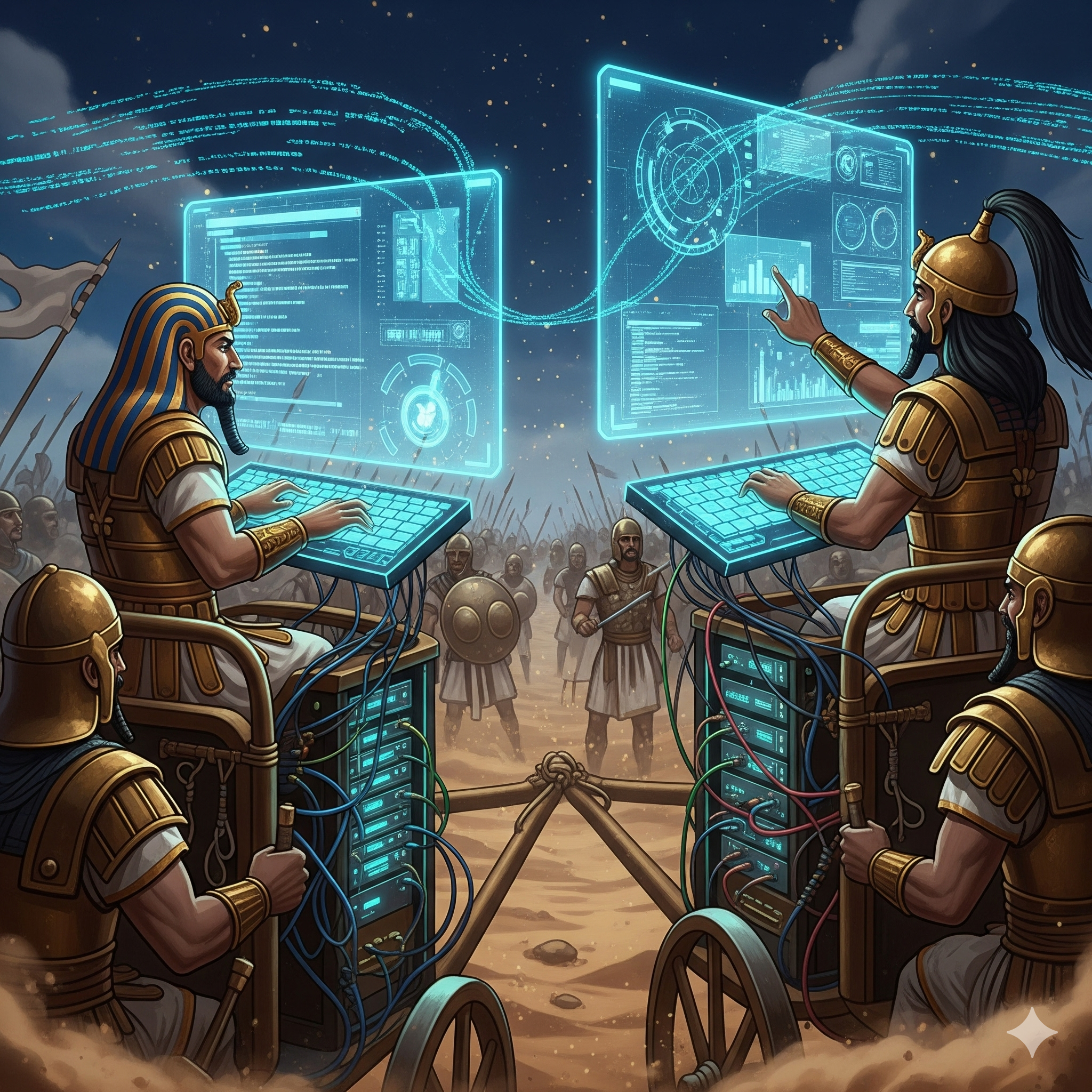Dust of Time
Entrance into the Labyrinth
It all starts with a mistake. Not a legend, not a date, not a genius in a toga. A distorted line. The straight one Apollonius admired — doesn’t exist. In Perge, you learn that fast: everything that looks logical is a bend. Everything that seems eternal is a ruin. Everything built by empires — was built to fall, beautifully.
We enter a city that no longer exists, on asphalt laid by 21st-century machines. Above us — the roar of the sun; below — the illusion of order. The stones lie here as if they still care. Columns, as if after a prolonged orgy of architects and time, bend toward each other in a secret conversation. No one listens. No one cares what they whisper. But if you’re alone with this silence — it speaks.
Perge has no past. Only simulations of memory, wrapped in Greek, Roman, and Byzantine packaging. They replace one another like skins of a program no one runs anymore.
There was once a Mathematician called Apollonius. An Emperor who wanted to be a philosopher. A Woman who, it seems, danced so fiercely that a thousand years later they placed her in a museum. These three have nothing in common — except this city. And a curve that winds through centuries, in a direction no one chose.
This is not a story about Perge. This is you looking at a dead city — and it looking back at you.
Past the Empires
They say Perge was founded by Greeks after the Trojan War. Or not Greeks. Or not founded at all. Legends in this part of Anatolia are like seasonal viruses: new every year, symptoms always familiar. The classic story — ships, heroes, a gift of prophecy, some local rage, a lot of retellings. As always, no proof. Only ruins, still standing as if begging us to believe.
But there are facts. Perge was a major city in Pamphylia, squeezed between mountains and sea — like geography was trying to hold it in place. Its location made it valuable: fertile plains, trade routes, protection from raids. Strategy and logistics — the two oldest gods. They were worshipped long here.
The first historical mention of Perge dates to the 6th century BCE, during Persia’s conquest of Asia Minor. The city was already developed enough to make the administrative lists. The Persian Empire didn’t destroy Perge — it absorbed it. Later, Alexander the Great had to negotiate his entry. He didn’t destroy the city — he used it.
Under the Hellenistic kingdoms, Perge became a cultural center. Temples to Artemis were built here, and her priests ruled not just spiritually but economically. Their Artemis wasn’t the Greek huntress — she was a fertile, lion-flanked Eastern goddess. This cult shaped city planning and its sacred calendar.
Perge’s streets are its most iconic feature. Two main axes — north-south and east-west — like a mathematical claim on the land. Math becomes politics when applied to stone. Along the streets ran water channels, as if life itself followed calculation. No wonder Apollonius — the inventor of conic sections — came from here. Ellipses, parabolas, hyperbolas — tools that later explained orbits, flight, ballistics, even thought.
With the Romans, Perge didn’t fade — it ascended. Rebuilt nearly from scratch. The theater held 15,000 people, with complex stage architecture and acoustics. The stadium — one of Asia Minor’s largest — stretched over 230 meters, with stone benches and niches for statues. A monumental nymphaeum was erected — a fountain of marble rivers. Forums, agoras, baths, gates. Each building — a declaration.
When Emperor Hadrian visited in 129 CE, the reception pleased him enough that he left behind an arch in his honor, adorned with reliefs. This wasn’t just architecture — it was a plea to be noticed. And Perge succeeded. In the 3rd century, it minted its own coins, thrived on trade, especially agricultural goods and textiles.
Then — decline. The Byzantine period was rough. The city became a Christian center and a raid target. Churches were built, theaters emptied. Earthquakes damaged the aqueducts. Arab raids came in waves. By the 8th century, Perge was barely functioning. A warehouse of the past. Then — a quarry for stone.
Why wasn’t it fully erased? Maybe because it was too symmetrical to forget. Or maybe because the curve proved more enduring than the straight line.
#VoiceOfRuins #DustOfTime #Perge #Antalya #Apollonius #Archaeology #DancingWoman #Hyperbola #AncientWorld #Mysticism






























Our Telegram-channel: Voice Of Ruins https://t.me/Voice_Of_Ruins
Our Instagram: Voice Of Ruins https://www.instagram.com/voiceofruins/
Our group on Facebook: Voice Of Ruins https://www.facebook.com/share/g/16aitn9utM/
Our site: Voice Of Ruins https://www.voiceofruins.org








Leave a Reply